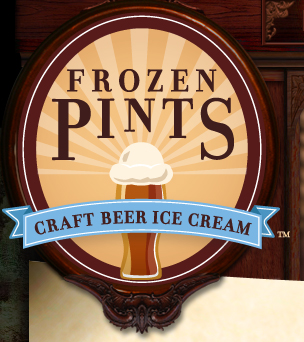The Way Flavors Stimulate The Brain
Strawberry, chocolate, mint, cinnamon, orange, freshly brewed coffee, what's your favourite? We are surrounded by thousands of flavours every day, and each of them makes us feel a certain way, crave certain foods, or reminiscence childhood or adulthood memories. However, what most of us might not know is that our noses and taste buds are not the only “elements” involved in the process of recognizing these flavours. The brain also seems to play an important role here, allowing us to effectively combine different smells and tastes and match the corresponding senses, with intriguing effects.
Let's find out more about those flavours that stimulate the brain the most, whether it's thinking tasty ice cream flavours, unique beer flavours, or your nanna's apple pie.
Understanding The Way Our Senses Are Intertwined
All of our senses are heavily interconnected starting from the early stages of our lives. However, this gradually changes as we grow older, and most of these connections completely vanish at some point in most people. Now picture the following scenario: you are watching a cooking show on TV and you are actually able to sense and taste everything that is being cooked on the screen, in front of your eyes. This is basically what the future of neuroscience and flavour could look like a few years from now, similarly to the immersive reality that we can expect from a realistic 3D poker game played on a big 3D TV screen with rewarding no deposit bonuses like the ones here Truebluecasinos.org. The most advanced technologies all seem to be directed towards this particular idea of reproducing and imitating real-life scenarios, feelings, and experiences that we can live from the comfort of our homes.
Without a doubt, the unique way in which we see, sell, taste, or feel the world around us helps us create long-lasting memories revolving around our favourite foods or drinks, whether it's a cool mix of beer and ice-cream or a classic glass of freshly-squeezed orange juice. Flavours are an obvious expression of the brain's capacity to mix different smells and states and trigger responses to these combinations. The original info that the brain receives is cleverly processed with the help of certain senses and it is carried around various layers in the brain, eventually reaching a deeper region called the orbital frontal cortex. This area allows us to perform cognitive functions at superior levels, including to learn complicated poker strategies or complex programming languages.
When we can enjoy both taste and smell, we are twice more efficient at alerting those areas in the brain where the two senses are ultimately combined: the flavour neurons. These neurons have only been discovered in recent years and they are located at the brain's entryway. They can issue responses when they are subject to different tastes and smells, even though they have been thought to only be capable to react to smells. In recent findings, researchers have concluded that flavour neurons also respond to taste. This means that every time you are having your favourite ice-cream beer flavour, be it bourbon butter pecan, peach lambic, pumpkin ale, malted milk chocolate, or a mix of flavours, these special flavour neurons in your brain will start to crosstalk and communicate to one another. In turn, this will trigger different types of senses and reactions in you. The same neurons are also able to further extract information regarding individuals' senses, while also acknowledging the way something smells, tastes, blends in with other flavours or mixes with different other senses you are subject to while performing day-to-day tasks. Why are all these findings important? Because they can give neurogastronomy professionals the answers they are looking for.
Neurogastronomy, The Science Of Rewiring The Brain To Perceive Foods In A Certain Manner
Neurogastronomy refers to a research field that reunites neuroscientists and chefs in an attempt to find ways of rewiring the brain in such a manner so that it can perceive foods in a certain way. Why is this particularly important? Because there are lots of health conditions such as Alzheimer's or various cancers that can trigger physical accidents and health issues that affect a person's quality of life. Among them, we can mention the loss of taste and/or smell. Since there are no meds that can reverse the loss of smell or taste as of now, figuring out how to “repair” the brain would help mix the two senses in a correct manner once again, restoring the experience of flavours associated with certain foods and memories.
The same research could also help us use current information on the way a certain food smells and tastes for tricking the brain into thinking it tastes like something entirely different, more delicious, and rich in pleasant flavours. The example of cauliflower, for example, which could be mistaken for a piece of candy could help children (and plenty of adults) to eat more of this nutritious and healthy vegetable. The same process could be used for treating and preventing obesity, which is a worldwide problem at the moment that requires urgent solutions.






